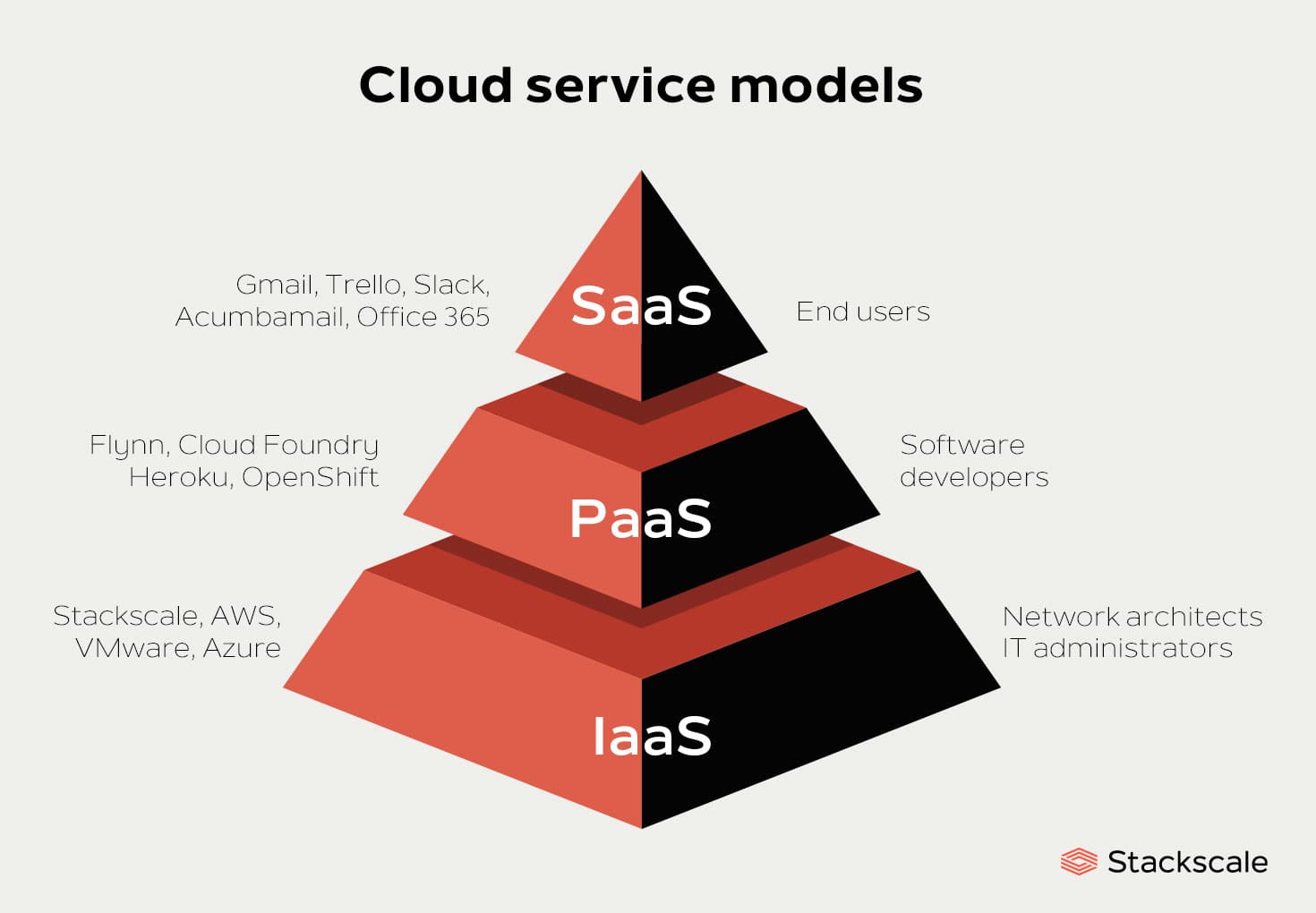Improve Your Company with Cloud Services: A Guide to Modern Solutions
Achieve Seamless Scalability With Cloud Solutions
In the ever-evolving landscape of cloud solutions, achieving seamless scalability stands as a cornerstone for modern-day services seeking to stay adaptable and affordable. The capacity to easily increase or get resources in feedback to transforming demands is a pivotal benefit in today's busy digital environment. By mastering the art of scalable cloud services, companies can not just optimize efficiency and improve operations yet likewise lead the way for future development and innovation. The pursuit for seamless scalability with cloud services introduces a globe of possibilities for those prepared to embrace the transformative power of vibrant resource management.
Benefits of Cloud Scalability
Cloud scalability uses companies the flexibility to dynamically change sources based upon demand, ensuring optimum efficiency and cost efficiency. One essential benefit is the capacity to scale resources up or down rapidly in reaction to changing work. This agility allows services to meet transforming client demands without over-provisioning resources, eventually causing cost financial savings. Scalability likewise boosts efficiency by ensuring that systems can deal with boosted traffic or work without experiencing downtime or slowdowns. By effectively designating resources, organizations can maintain high degrees of performance throughout peak times without unnecessary expenditures during quieter periods. Additionally, cloud scalability advertises development and trial and error by permitting organizations to quickly examine brand-new ideas and scale them as needed. This flexibility motivates a society of constant improvement and adaptation, making it possible for companies to remain affordable in a quickly advancing market landscape. Eventually, the advantages of cloud scalability expand beyond cost savings to incorporate better performance, agility, and advancement.
Key Attributes for Scaling
Effective scaling in cloud services depends on crucial features that allow organizations to change resources dynamically based upon demand. One vital attribute for scaling is elasticity, permitting resources to scale up or down in feedback to rising and fall workloads. This makes sure that companies can satisfy performance needs without over-provisioning sources. One more key attribute is scalability, allowing systems to take care of enhanced work by adding sources effortlessly. This feature is important for fitting growth without jeopardizing performance. Furthermore, automation plays an essential function in scaling by automating the provisioning and de-provisioning of sources based upon predefined plans. Automation reduces human intervention, improves efficiency, and makes sure quick response to altering needs. Surveillance and analytics tools are likewise vital for scaling, giving insights into resource application, efficiency metrics, and prospective bottlenecks. These devices enable companies to optimize and make educated choices resource allocation for efficient scaling. On the whole, these essential attributes collectively empower organizations to achieve smooth scalability in cloud services.
Carrying Out Auto-Scaling Strategies
To effectively maximize resource appropriation and adapt to varying workloads, companies must purposefully carry out auto-scaling techniques in their cloud services facilities. Auto-scaling permits systems to automatically readjust the number of calculate sources based upon real-time demand. There are various auto-scaling methods that companies can utilize, such as predictive scaling, which utilizes historical data to anticipate future source requirements, and reactive scaling, which responds to current work changes.
Best Practices for Scalability
For organizations intending to improve their scalability in cloud services, implementing finest methods is important for optimum efficiency and source administration. One secret best technique is creating applications with a microservices design. This method breaks down applications right into smaller sized, independent solutions that can be deployed, updated, and scaled independently, enabling better versatility and scalability.
One more important technique is utilizing containerization modern technology, such as Docker or Kubernetes. Containers allow the product packaging of applications and their reliances right into isolated units, making it much easier to scale elements independently and deploy them consistently throughout various atmospheres.
Additionally, carrying out automated implementation and a knockout post infrastructure as code (IaC) can simplify scalability efforts (linkdaddy cloud services). Automation tools like Terraform or Ansible aid in provisioning and taking care of sources effectively, lowering manual errors and allowing fast scalability
In addition, monitoring efficiency metrics, establishing signals, and conducting routine ability planning are necessary practices to make certain positive scalability monitoring. By sticking to these best methods, organizations can achieve smooth scalability in their cloud services while maximizing performance and resource use.
Surveillance Performance Metrics
When evaluating the efficiency of cloud solutions scalability, very closely checking efficiency metrics is vital for making sure optimum performance and resource allotment. By continuously tracking vital efficiency signs (KPIs) such as reaction times, latency, source, and throughput application, organizations can get important understandings right into the wellness and performance of their cloud infrastructure. Monitoring efficiency metrics permits the early detection of possible bottlenecks or issues that could affect scalability, enabling proactive measures to be taken to address them prior to they escalate.

Conclusion
In conclusion, achieving seamless scalability with cloud solutions is vital for organizations to optimize efficiency, enhance innovation, and preserve high performance levels during peak times. By leveraging the benefits of cloud scalability, executing auto-scaling methods, utilizing key functions such as elasticity and automation, and adhering to ideal methods like application design and efficiency monitoring, organizations can effectively scale their systems while maximizing source usage and efficiency.
The mission for seamless scalability with cloud solutions introduces a world of possibilities for those willing to embrace the transformative power of vibrant resource administration.
Cloud scalability provides organizations the adaptability to dynamically adjust resources based on demand, making certain optimum performance and cost performance. An additional crucial function is scalability, enabling systems to manage raised workload by including sources effortlessly.For organizations intending to improve their scalability in cloud solutions, applying ideal methods is essential for optimal performance and resource site link administration.When evaluating the efficiency of cloud solutions scalability, very closely keeping an eye on efficiency metrics is imperative for guaranteeing ideal performance and source allocation.